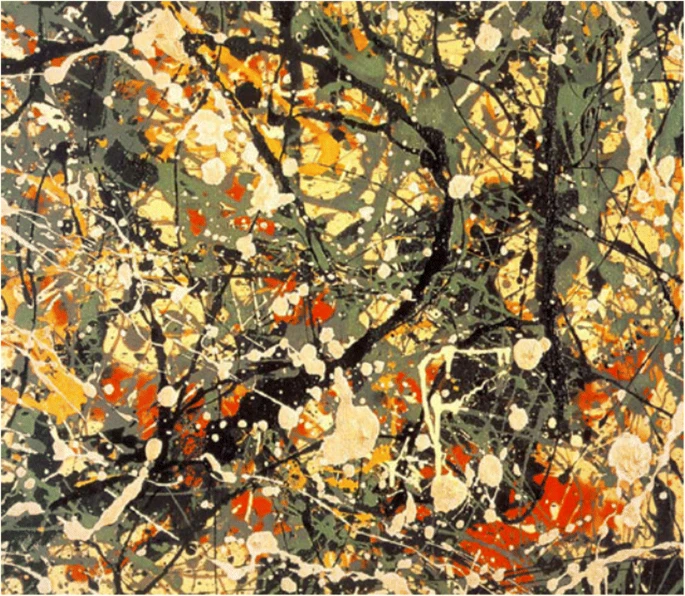created 2025-02-18, & modified, =this.modified
tags:y2025computational-aestheticscomputersaesthetics
rel: Max Bense
NOTE
An aspect of this seems so misguided (it’s elusive, self-modifying), that I must know more.
These people have thought of it more than me, unless you consider whatever life I’ve had living equally aestheticized practice.
There is also a human-ness and identity to the art we create. So just like when we might be repulsed by the modification of a human being, we feel similarly to any kind of “artificial hand” in art playing with our artistic DNA. We are fully used to believing in an unguided walk, or at least one that stems from another human.
Birkhoff’s Mathemathical Measurement of Aesthetic Value
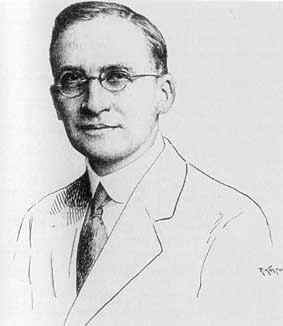
Birkhoff proposed an early quantitative aesthetic measure in 1933
M = O/C
Where O is the order of the object to be measured. C is the complexity of the object, and M is the aesthetic measure of the object. So, order plays a positive role in aesthetics and complexity a negative.
People prefer simple and neat objects to complicated and burdensome ones.
Hogarth’s Line of Beauty
Line of beauty is a term and a theory in art or aesthetics used to describe an S-shaped curved line (a serpentine line) appearing within an object, as the boundary line of an object, or as a virtual boundary line formed by the composition of several objects
According to this theory, S-shaped curved lines signify liveliness and activity and excite the attention of the viewer as contrasted with straight lines, parallel lines, or right-angled intersecting lines, which signify stasis, death, or inanimate objects.
NOTE
The line of beauty calls to mind those times when you are writing in pen and stumble upon that “perfectly composed” letter. How much of penmanship is that chase with no end?
I don’t find this curve overly grand.
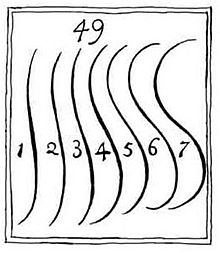
Evidence that the Aesthetic Preference for Hogarth’s Line of Beauty is an evolutionary by-product
The researchers conducted studies to test if LoB is a by product of cognitive systems that evolved to attend to fitness-related morphological features in people.1
They replicated the finding the female bodies with lumbar curvature that approximates the biomechanical optimum for dealing with exigencies of pregnancy are rated as more attractive.
These results suggest that the preference for Hogarth’s LoB is an incidental by-product of psychological mechanisms that evolved for other purposes. More broadly, these findings suggest that an evolutionary psychological approach – in particular the concept of evolutionary by-product – may be useful for understanding, explaining, and predicting people’s aesthetic preferences for certain abstract symbols, which otherwise might seem arbitrary and inexplicable.
Hogarth himself proposed that the attractiveness of specific wavy lines (e.g. the LoB) might relate to a woman’s body, in particular its back profile.
NOTE
Just because one thing you might like, looks like another thing…
From Henry Rankin Poore:
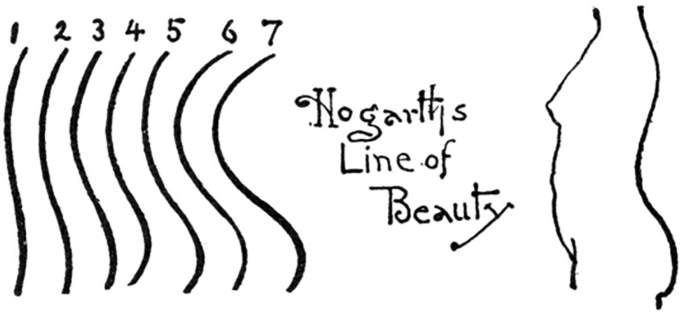
Are abstract lines derived from evolutionarily optimal human bodies perceived to be more beautiful than lines derived from other bodies? And if so, might this provide an ultimate explanation for why people find Hogarth’s Line of Beauty aesthetically pleasing?
Web pages
Researchers have attempted to study the relationships between webpages computational aesthetics analysis and users’ aesthetic judgement.
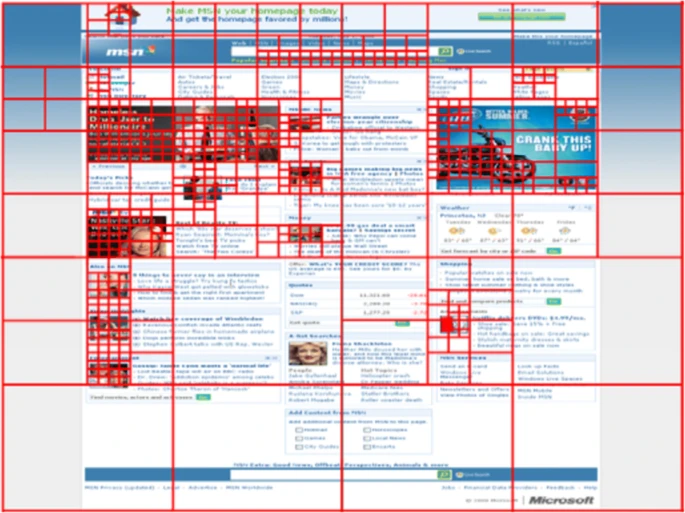
A Comprehensive Survey on Computational Aesthetic Evaluation of Visual Art Images: Metrics and Challenges
Computational image aesthetic evaluation is a computable human aesthetic perception and judgment realized by machines. 2
As an increasing number of visual artworks are created, stored and propagated online in digital forms, the efficient, automated, and quantitative aesthetic evaluation capability has a profound impact on the applications of advanced image retrieving, photo aesthetic enhancement, promotional exhibition of digital painting gallery, and computer-aided creation of art paintings.
For instance, when a user enters “natural landscape”, he/she will hope to see colorful, pleasing sky and grass views or well-captured mountain instead of gray or blurry snapshots
Photographers or artists intentionally combine such attributes to form a set of well-established photographic rules, to capture high-fidelity and attractive images, or art principles when they create artworks in order to induce pleasing or desired emotional effects to a large group of audiences

Photo.Net dataset was an early large scale database for aesthetic eval. It contains 20,278 images with at least 10 ratings per image, each of which ranges between 1 and 7 with 7 represented the highest aesthetic feeling, and the overall distribution is skewed towards aesthetically pleasing.
Top images = score > 5, Bottom < 5.

There are datasets of photo critique. They contain the scores and comment in these areas:
“general impression, subject of photo, composition and perspective, use of camera/exposure/speed, depth of field, color and lighting, focus”
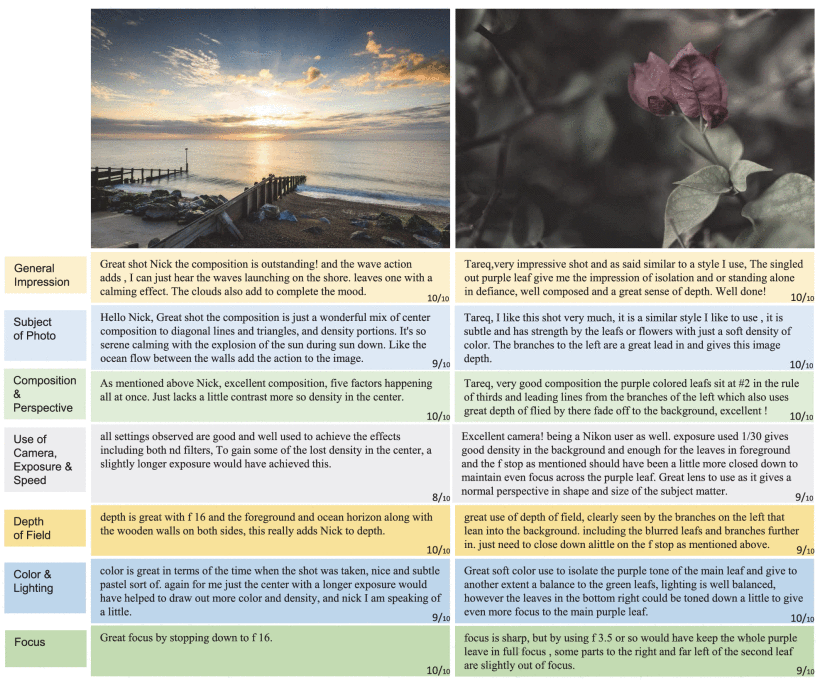
For paintings: aesthetic category including beauty score of momentum, quiet, vitality, elegant, bleak, and pleasure-arousal-dominance (PAD) on a scale 1-9.
Top = high quality, bottom = low quality

For Abstract Art (similarly top two high quality, bottom two low):
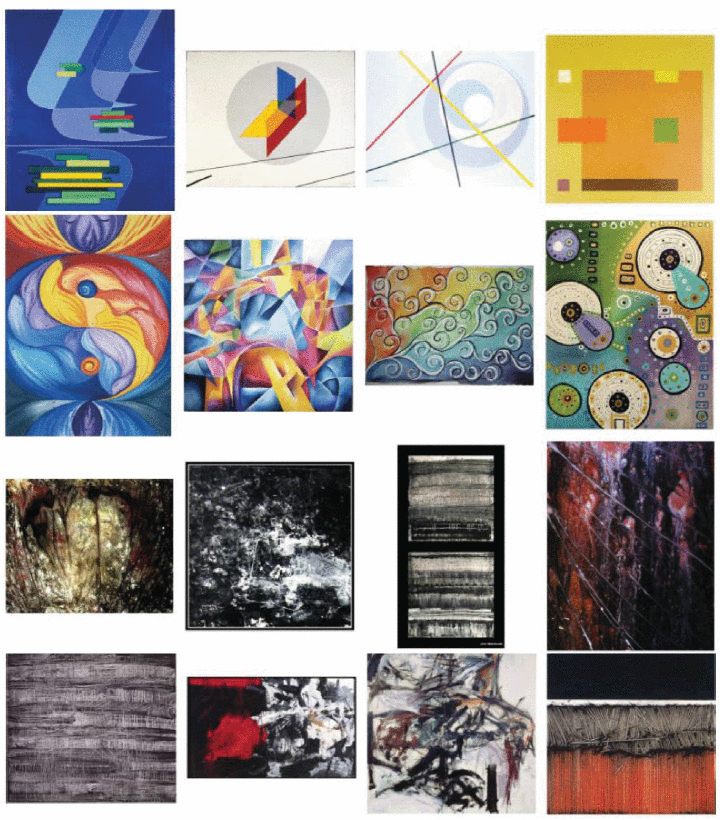
NOTE
So I think these assessments are misguided, however, if I am going to say they are true what if I entertain that all good and bad, is basically how close that person wants to adhere to “traditional pleasantness.”
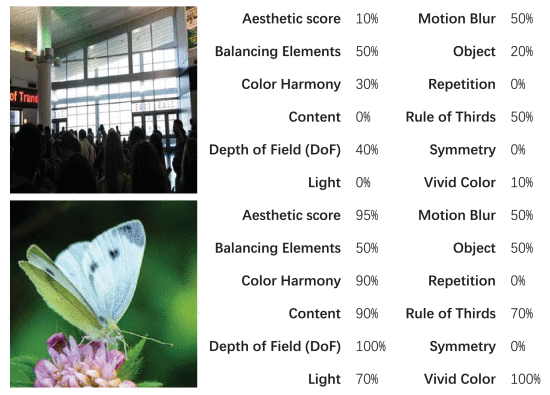
End
The end result here, is to be simply unabashedly weird but also regular, but also whatever you want.
Pollock Style
Carefully analyzed Pollock’s various paintings, Zheng et al. divide Pollock’s dripping style into four independent layers, i.e. background layer, irregular shape layer, line layer and paint drop layer from bottom up. The elements on each layer are positioned randomly.
Goals of Computational Aesthetics
- measuring beauty like human experts
- explaining evaluations
- inspiring humans
- generating new art
- research into our aesthetic perceptions
